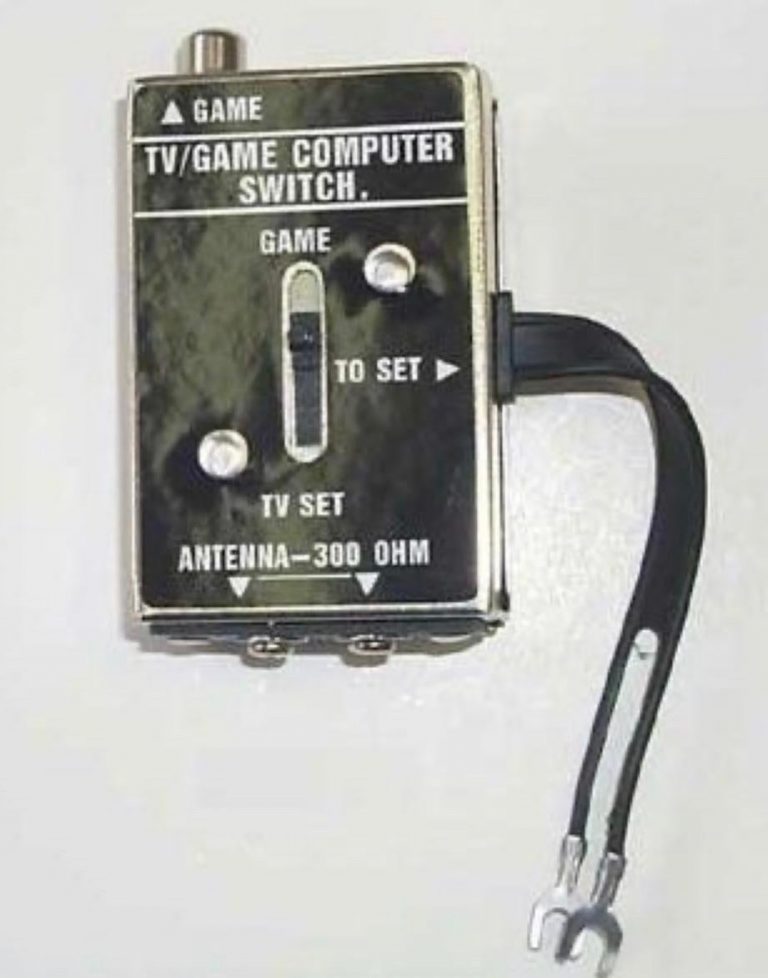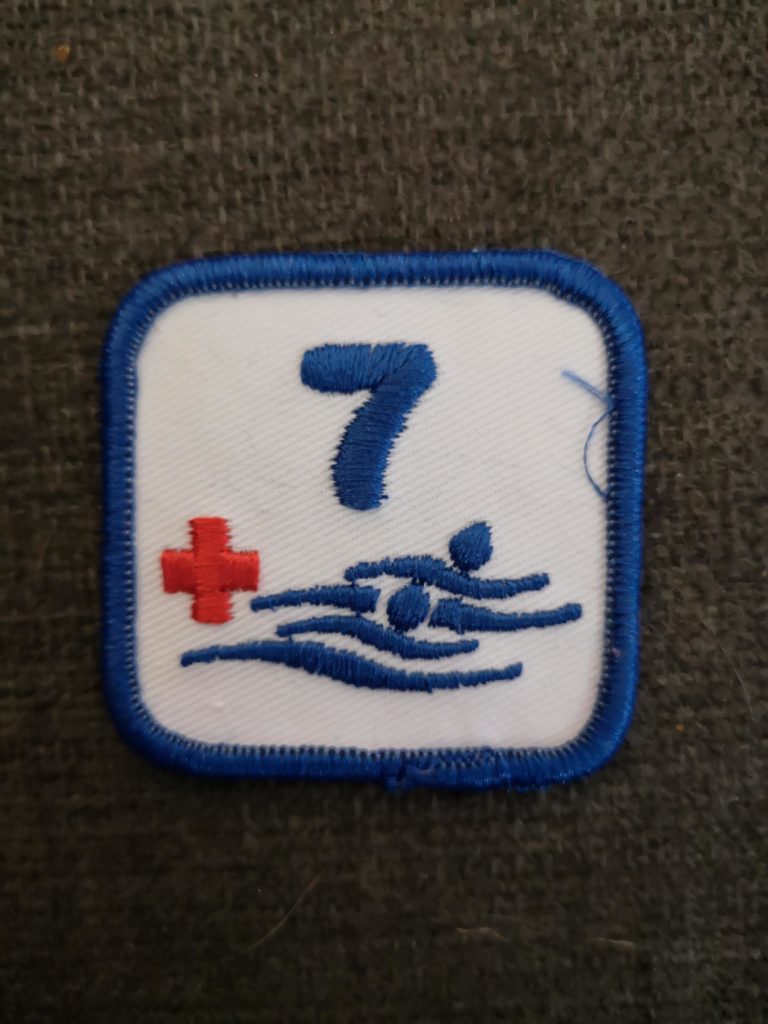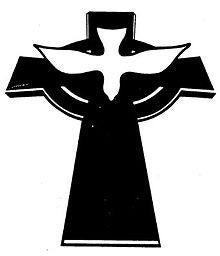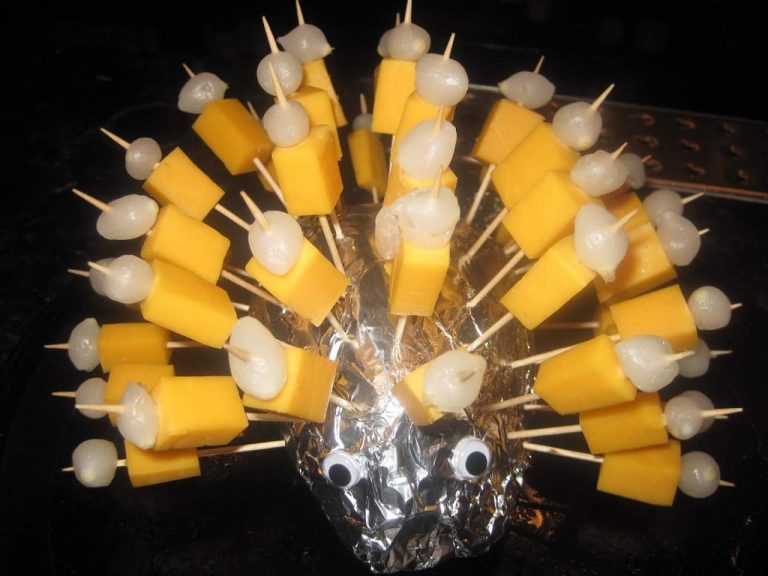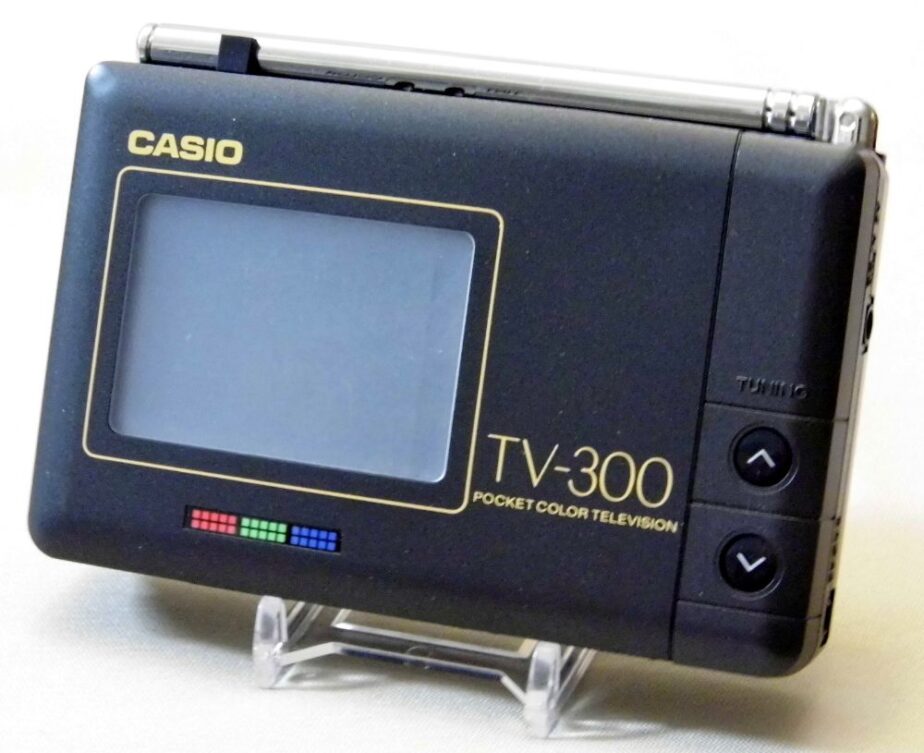
In an era before smartphones delivered streaming services to the palm of your hand, the dream of portable television was very real, and Casio was a prominent player in making it a reality. One such marvel of miniature technology was the Casio TV-300, a pocket-sized color liquid crystal display (LCD) television that brought a splash of color to on-the-go entertainment.
Released in the vibrant tech landscape of the late 1980s (sources suggest a potential 1987 debut), the Casio TV-300 stood out as one of the smallest color televisions of its time. This Japanese-made gadget was a testament to Casio’s innovation in the burgeoning field of portable electronics.
A Glimpse at its Features:
The Casio TV-300 wasn’t just a novelty; it packed a surprising number of features into its compact frame:
- Color LCD Screen: The headlining feature was, of course, its color display. While tiny by today’s standards, the approximately 50mm (around 2 inches) screen offered a personal viewing experience. Some resellers even described it as a “high resolution” LCD for its period.
- Portability: True to its “pocket television” name, the TV-300 was designed for portability, weighing around 210 grams with its two AA batteries.
- Analog Tuner: It came equipped to receive UHF and VHF analog television signals through a built-in telescopic antenna. An external antenna port was also often included for improved reception.
- Viewing Controls: Users had a fair amount of control over their viewing experience with dials for brightness, volume, color, and tone.
- Audio: While it featured a built-in speaker for open-air listening, an earphone jack (typically 3.5mm mono) was crucial, with some sources noting that an earphone was necessary for listening.
- Backlight: An optional backlight unit was available for the TV-300 (reportedly sold separately for around $29.95), a feature that would significantly enhance viewing in low-light conditions.
- Power: Primarily battery-operated, there was likely an option for an AC power adapter for home use.
A Collector’s Item in the Digital Age:
The Casio TV-300, like all analog televisions, can no longer pick up broadcast TV signals in most parts of the world due to the widespread shift to digital television transmission. To see one in action today, you’d typically need to connect it to an older analog source like a VCR or use a dedicated RF modulator with a modern digital-to-analog converter.
Despite its obsolescence in terms of broadcast reception, the Casio TV-300 has gained a new life as a sought-after collector’s item. It represents a significant step in the evolution of portable entertainment technology – a precursor to the handheld devices we rely on today. Its retro design and the nostalgic charm of a bygone era of television make it a fascinating piece of tech history.
For those who owned one, the Casio TV-300 likely conjures memories of catching news snippets or favorite shows in a way that felt futuristic at the time. For vintage tech enthusiasts, it remains a “rare gem” and a tangible reminder of how far and fast technology has advanced.
Do you remember the era of pocket televisions? Share your memories of the Casio TV-300 or similar devices in the comments below!

